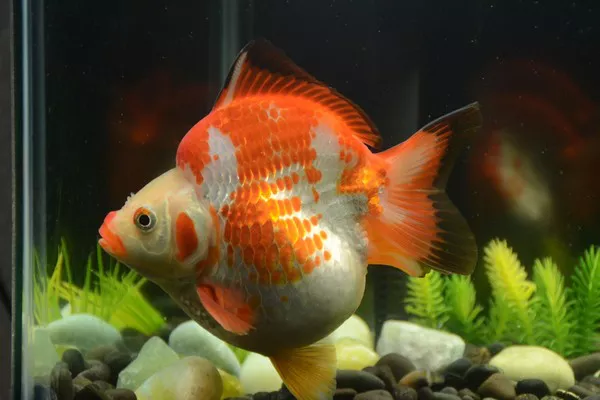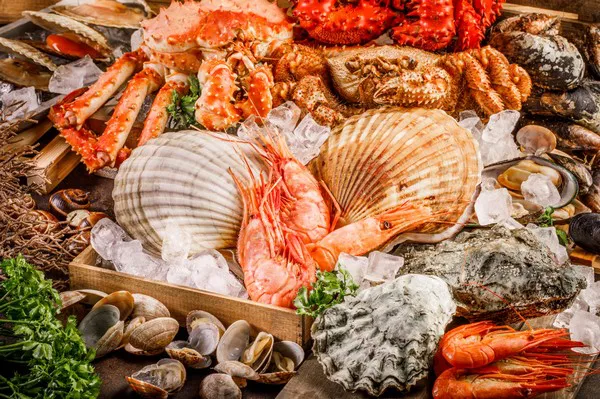As the demand for sustainable and nutritious seafood continues to rise, aquaculture has emerged as a lucrative venture for those looking to delve into the world of fish farming. However, not all fish species are created equal when it comes to profitability. In this article, we will explore the 13 best fish to farm for profit, focusing on those with the highest margins. From the adaptability of tilapia to the premium value of sturgeon, understanding the economic aspects of fish farming is crucial for success in this dynamic industry.
The 13 Best Fish to Farm for Profit with the Highest Margins
1. Tilapia:
Tilapia stands out as one of the most popular and profitable fish for aquaculture. Known for its mild flavor and versatility, tilapia adapts well to various farming systems, including recirculating aquaculture systems (RAS) and pond farming. With a rapid growth rate, low feed conversion ratio, and high market demand, tilapia is a top choice for those seeking a profitable venture in fish farming.
2. Catfish:
Catfish, particularly species like channel catfish and hybrid catfish, are renowned for their robust nature and adaptability. Catfish farming is well-established, and these fish thrive in diverse environments. Their hardiness, coupled with a high growth rate, makes catfish a lucrative option for aquaculturists. The popularity of catfish in various cuisines contributes to its consistent market demand.
3. Salmon:
While salmon farming requires more specialized conditions, the potential for profit is substantial. Salmon’s high market value and strong demand, especially in Western countries, make it an attractive choice for those willing to invest in larger-scale and controlled-environment aquaculture systems. The rich flavor and nutritional benefits of salmon contribute to its premium status in the seafood market.
4. Rainbow Trout:
Rainbow trout is a cold-water fish with high market demand, particularly in regions where wild trout populations are limited. Known for its delicate flavor and versatility in culinary applications, rainbow trout can be farmed in controlled environments, ensuring optimal conditions for growth. With proper management, rainbow trout farming can yield high profits.
5. Barramundi:
Barramundi, also known as Asian sea bass, has gained popularity in aquaculture due to its adaptability to various farming systems and its mild, buttery flavor. Barramundi farming is often considered sustainable, as these fish can thrive in low-density environments. With growing consumer interest in sustainable seafood, barramundi offers both environmental and economic benefits.
6. Sturgeon:
Sturgeon farming, primarily driven by the demand for caviar, presents a unique opportunity for high-profit margins. While sturgeon farming requires careful attention and specific conditions, the premium price of caviar makes it a lucrative venture for those willing to invest in a more specialized aquaculture operation. Sturgeon farming requires patience, as these fish have a longer maturation period, but the potential for profit is substantial.
7. Striped Bass:
Striped bass, known for its firm texture and mild flavor, is a sought-after species in the culinary world. As a result, farming striped bass can be a profitable venture, especially for those catering to high-end restaurants and gourmet markets. Striped bass adapts well to aquaculture conditions, making it a viable option for those seeking a premium fish with a strong market presence.
8. Yellow Perch:
Yellow perch is gaining recognition in aquaculture due to its sweet and delicate flesh. With a growing market demand for locally sourced and sustainable seafood, yellow perch farming presents a promising opportunity. These fish are well-suited for recirculating aquaculture systems, allowing for controlled conditions that enhance their growth and marketability.
9. Barracuda:
Barracuda, with its firm texture and bold flavor, holds potential for niche markets and specialty seafood outlets. While barracuda farming may be more challenging due to specific requirements and regulations, the uniqueness of this fish can result in higher profit margins for those who successfully navigate the complexities of its aquaculture.
10. Grouper:
Grouper, known for its firm white flesh, is a high-value fish in the seafood market. Grouper farming requires warm-water conditions and careful management, but the premium price it commands makes it an attractive option for aquaculturists seeking profitability. The demand for grouper, especially in Asia, contributes to its status as a lucrative aquaculture choice.
11. Koi:
While not traditionally considered a food fish, koi, a type of carp, is highly valued for its ornamental appeal. Koi farming for the ornamental fish trade can be a profitable niche. The vibrant colors and patterns of koi make them sought after for landscaping purposes and ornamental ponds, creating a unique market with the potential for high margins.
12. Basa (Pangasius):
Basa, also known as pangasius, has gained popularity for its affordability and mild flavor. Although it has faced some controversies regarding farming practices, well-managed basa farms can provide a cost-effective and profitable venture. Basa’s affordability and versatility in various culinary applications contribute to its consistent market demand.
13. Red Drum:
Red drum, also known as redfish or channel bass, is gaining attention in aquaculture for its mild flavor and adaptability. With a growing demand for sustainable seafood choices, red drum presents an opportunity for farmers to cater to eco-conscious consumers. The ability of red drum to adapt to various environments enhances its potential for profitability in aquaculture.
See Also:10 Most Beautiful Goldfish In The World
Conclusion:
Fish farming has evolved into a dynamic industry with a multitude of species offering unique opportunities for profitability. The selection of the best fish to farm for profit requires careful consideration of factors such as market demand, farming conditions, and the ability to meet stringent quality standards. Whether opting for the versatility of tilapia, the premium value of sturgeon, or the emerging potential of red drum, successful aquaculture ventures hinge on informed decision-making, sustainable practices, and a commitment to delivering high-quality seafood to a discerning market. As the aquaculture industry continues to grow, those who navigate these waters wisely may find themselves reaping the rewards of a profitable and sustainable fish farming enterprise.
You Might Be Interested In:























